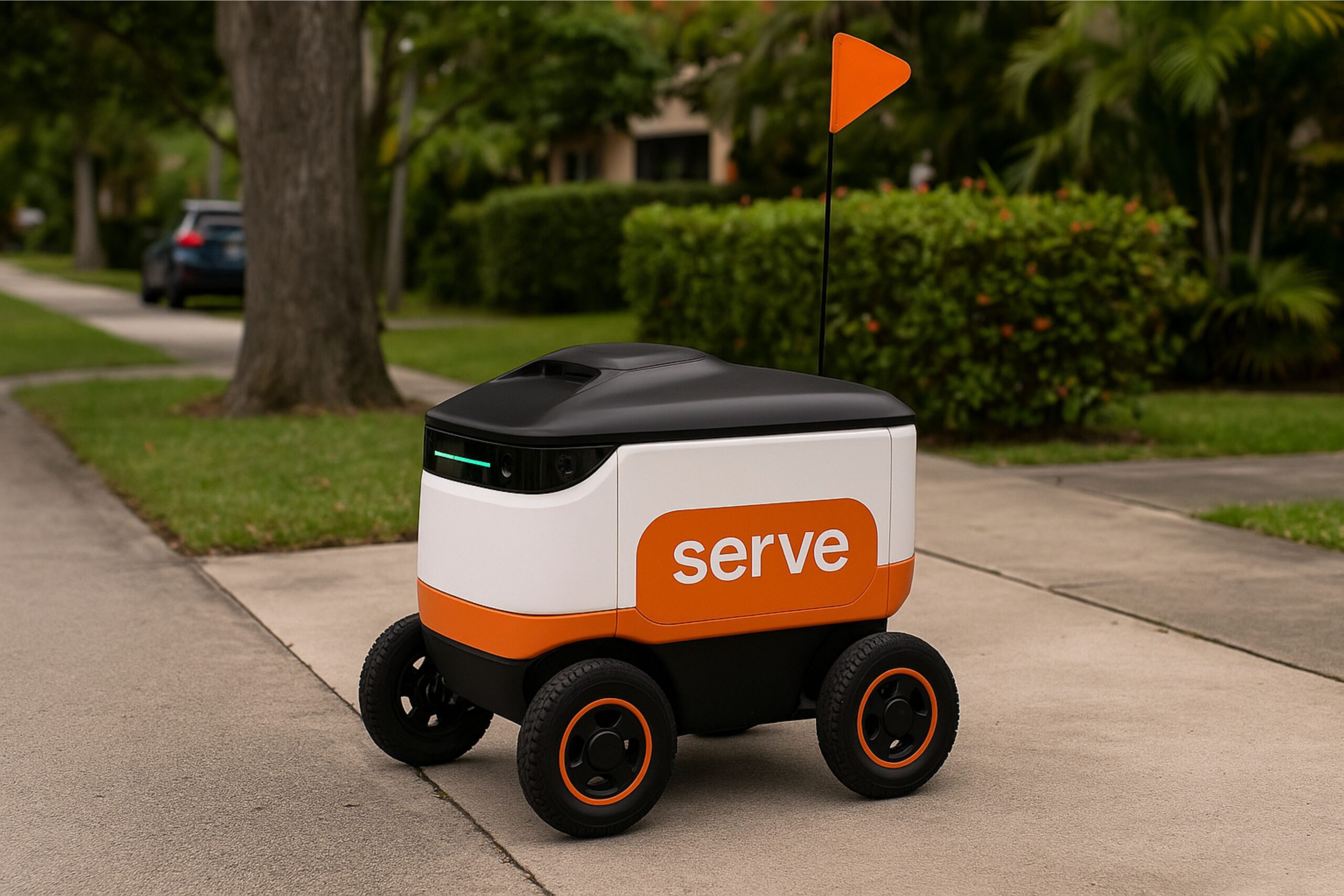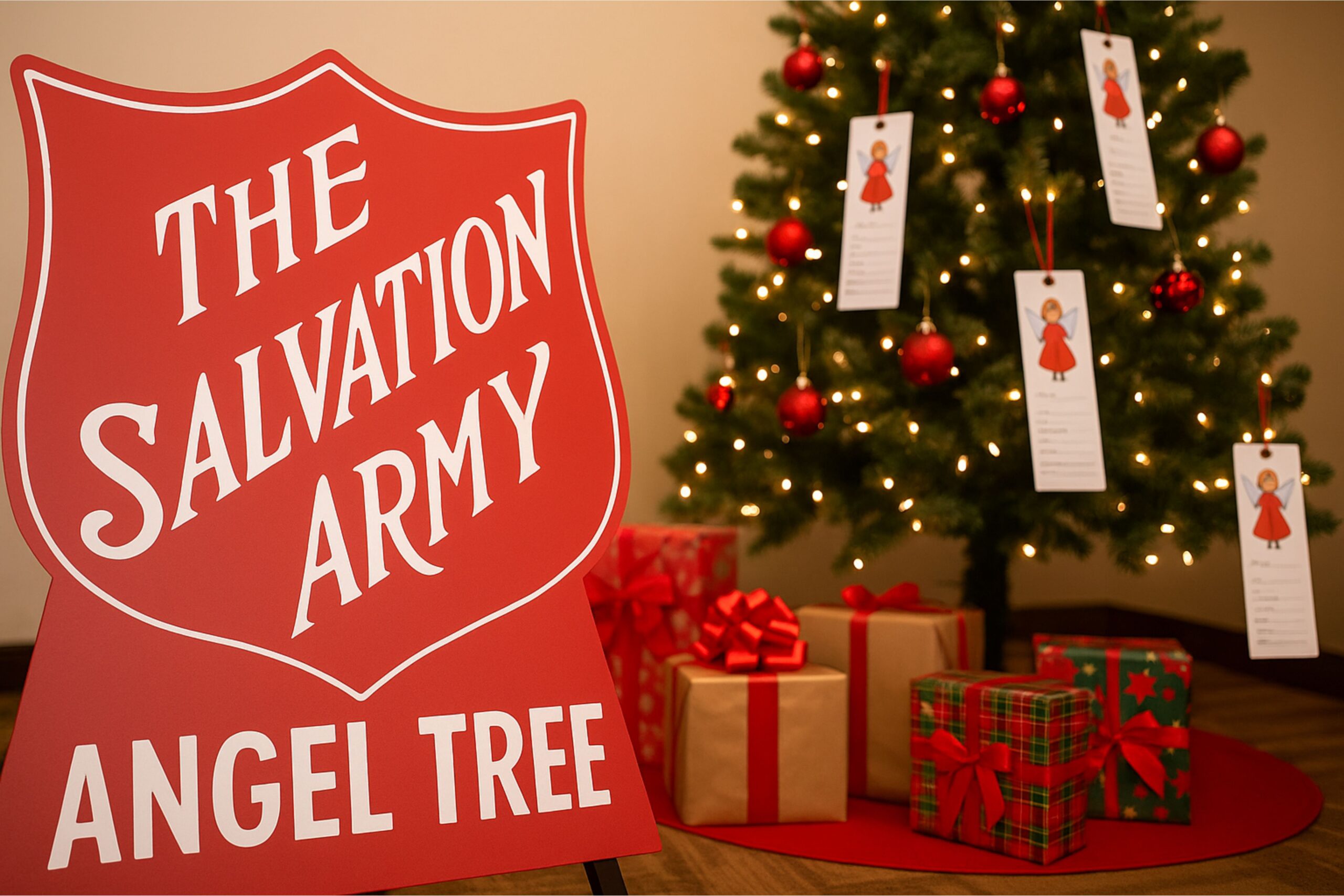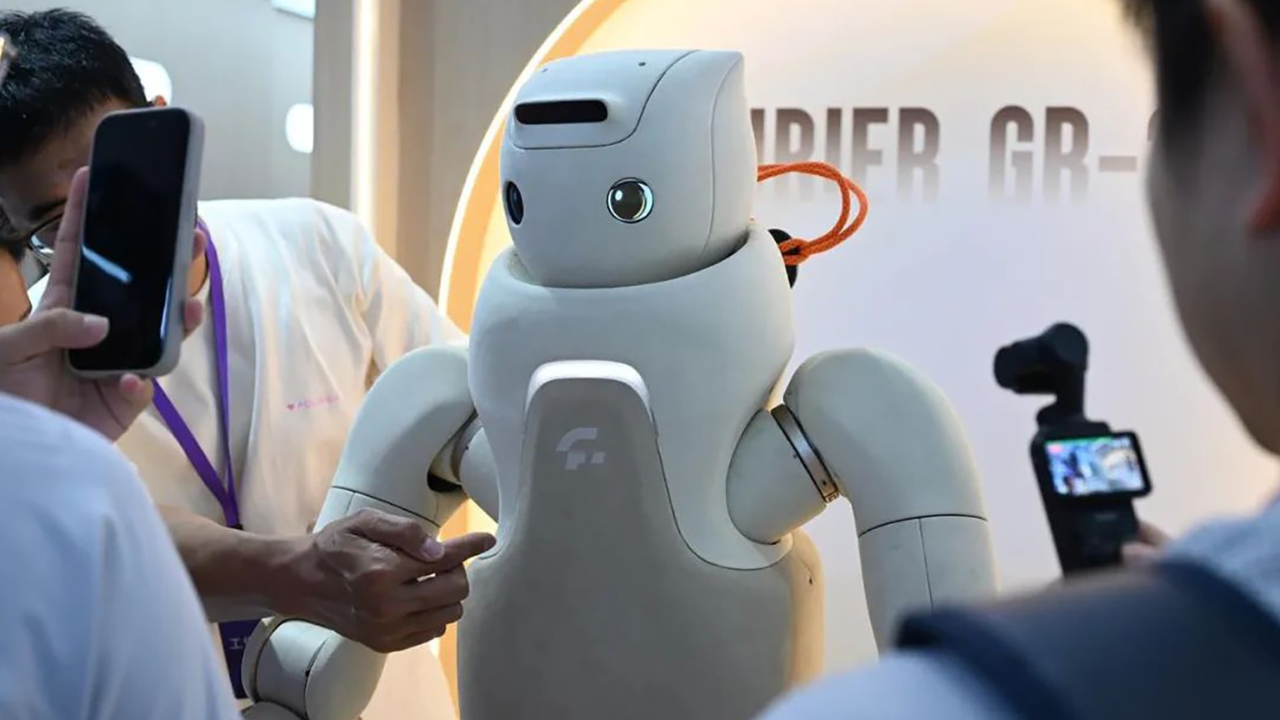
 The disappearance of Malaysia Airlines Flight 370 shows how difficult searches can be, but making them easier is a daily job at one of the oldest manufacturers in South Florida.
The disappearance of Malaysia Airlines Flight 370 shows how difficult searches can be, but making them easier is a daily job at one of the oldest manufacturers in South Florida.
ACR Electronic’s website has a long list of testimonials from boaters, hikers, sportsmen and pilots who’ve experienced emergencies only to be rescued as the result of their emergency locater beacons. The company’s products, including Artex, have saved thousands of lives over more than five decades.
“Nobody buys our product hoping to use it. But everyone who buys our products know when they push the button it will work,” says President and GM Gerry Angeli.
ACR’s 55,000-square-foot plant in Hollywood even makes emergency locater transmitters (ELTs) for Boeing 777 jets – but Honeywell Aviation made the ones on Flight 370.
ELTs are designed to sense the impact of a crash and send a signal to a satellite with the jet’s location. An ELT signal would have made it much simpler to find the missing flight. Why a signal didn’t go off has been one of the biggest mysteries after the jet disappeared.
Honeywell’s ELTs were in the news last year after an Ethiopian Airlines Boeing 787 Dreamliner caught fire at London’s Heathrow Airport. The Federal Aviation Administration ordered that the devices be inspected after a preliminary investigation raised concerns the fire might have been caused by the ELT’s wiring or lithium batteries.
Angeli declined to talk about Flight 370, but says his company’s Artex ELTs can be activated manually through a cockpit switch and also are activated when a crash is sensed.
The devices, which are usually installed in tail sections, are designed to resist impact and communicate with the Cospas/Sarsat satellite system every 51 seconds when activated. The same satellite system is also used for emergency beacons carried by boaters and those on land.
Signals are relayed to a ground station and ultimately to a rescue station, such as the U.S. Coast Guard.
Artex, which is the aviation brand for ACR, also makes an interface that takes data from Boeing’s computerized flight system on an ongoing basis and relays it to the ELTs so they can signal a jet’s coordinates if there is a crash.
ACR is also a consumer brand with hand-held personal locater devices, about the size of a cell phone, that are used by fishermen, pilots and back country sportsmen. Retailers include Boat Owners Warehouse and Bass Pro Shops.
Some of the ACR marine devices float to the surface when they go under water and also have strobe lights to make it easier to find people in the water.
Among other products, the company makes about 80 percent of the emergency announcement megaphones found on commercial jets and the water-activated blue strobe lights found on many life vests.
Inside the factory
ACR keeps a high level of security at its factory on Ravenswood Road, which makes products for the military. A visiting journalist was asked to bring a passport and no cameras were permitted.
The headquarters and factory operation is impressive for its production flexibility and technology.
Walking down a hallway, Marketing Director Mikele D�Arcangelo pointed out where the company’s software, electrical and mechanical engineers work.
Inside the factory, banners hanging from the ceiling designate 15 different production cells where the products are assembled.
ACR basically makes products from scratch.
One machine is capable of inserting 40,000 parts an hour into the circuit boards used on the array of products. Nearby, a 15-foot long oven is used to bake the circuit boards.
Another machine coats the boards in a thin layer of silicone to prolong their lives and maybe even keep them from shorting out if the outer casing of a device is breached in wet conditions. D�Arcangelo says ACR is the only beacon maker that goes that extra step.
Manufacturing of the plastic cases is outsourced, but the plastic pellets are supplied by General Electric based on ACR’s specifications, he says.
There are multiple inspection points. The personal locater beacons are tested with 45 bursts before they are shipped to customers.
ACR Electronic’s President and GM Gerry Angeli says employees are very serious when it comes to the mission statement of making products that save lives.
“The spirit of the product runs through the flow of the production line. It instills a spirit in them that makes them want to do a better job,” Angeli says. “You have to see when someone who is saved comes into the facility and the excitement that comes with that. They want to see the people that built the products that saved their lives.”
ACR Electronics Timeline
The South Florida company has a history of innovations that help save lives.
1956: ACR makes the first electronic flash units for cameras, a technology that was later used for rescue strobes.
1970: An ACR flashlight is used by Apollo 13’s astronauts as the sole source of powered light after an explosion.
1971: The astronauts write a thank you letter to ACR. Artex, not associated with ACR, is founded as an avionics distributor.
1972: ACR moves to Fort Lauderdale. Owner and CEO David Rush subsequently serves as chairman of the Florida High Technology & Industry Council.
1980: Artex gets Federal Aviation Administration approval to build battery packs for emergency locater transmitters.
1990: Rush sells ACR to North American Fund II, led by Fort Lauderdale venture capitalist Charles L. Palmer. Artex starts making its own ELTs.
1999: Artex is purchased by Cobham plc, a British company.
2003: ACR is the first manufacturer to have a personal locater beacon approved by the Federal Communications Commission. Artex introduces a breakthrough ELT that cuts search areas from 20 kilometers to 100 meters.
2010: Artex moves from Aurora, Ore., to Prescott, Ariz.
2012: Cobham packages ACR and Artex together and sells them to J.F. Lehman & Co., a private equity company in New York, for $73 million. Out of Artex’s 20 employees, 14 subsequently move to Hollywood.
2013: Jordan Co., a private equity company in New York buys ACR and Drew Marine. The merger helps broaden Drew Marine’s products for the maritime and offshore industries. ?













